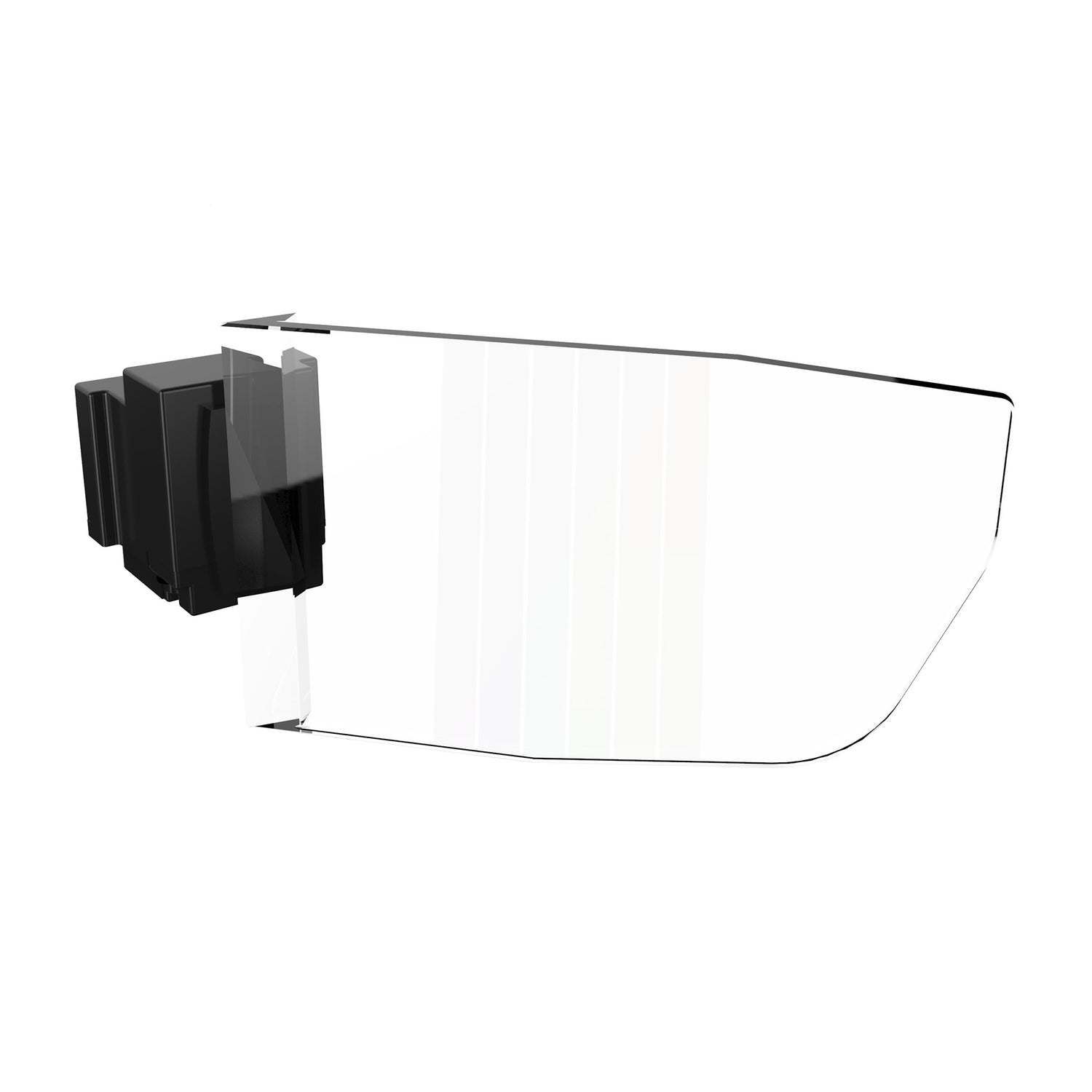Augmented Reality (AR) technology has taken significant leaps in recent years, offering users a new dimension of interaction that blends the physical and digital worlds. At the heart of this evolution are two key display modules: see-through and reflective AR displays. These modules, while distinct in their approach, both contribute to enhancing our daily experiences through immersive digital overlays.
Reflective AR Display Modules: Immersion in the Digital Realm
Reflective AR display modules take a different approach, aiming for a more immersive digital experience. These modules project digital content directly into the user's eyes using reflective surfaces, often leveraging micro-displays or projectors. Magic Leap, a prominent player in this field, has pushed the boundaries of reflective AR technology with their Magic Leap One headset. Through these displays, digital objects can appear as if they are a natural part of your environment, enabling games, design visualization, and interactive learning experiences that truly come to life.
Picture yourself collaborating on a 3D design, where virtual objects can be manipulated as easily as their physical counterparts. Reflective AR's ability to seamlessly merge digital and real-world elements elevates our engagement with content in ways we could only dream of a few years ago.

See-Through AR Display Modules: Bridging Reality and Digital Content
As the name suggests, see-through AR display modules bridge the gap between reality and digital information seamlessly. These modules, often found in smart glasses and wearable devices, allow users to maintain their connection with the real world while being enriched with relevant digital content. Brands like Microsoft's HoloLens and Google Glass have pioneered this technology, opening up possibilities for real-time navigation, interactive data visualization, and context-aware information delivery.
Imagine exploring a new city while navigating with virtual arrows superimposed on your view or receiving real-time translations of foreign signage without ever losing sight of your surroundings. See-through AR's transparency fosters a harmonious blend of practicality and engagement.
The Role of Waveguide Modules: A Category of See-Through AR
A significant player in the see-through AR landscape is the waveguide module. The waveguide technology utilizes optical waveguide technology to guide light from a source to the user's eyes. The light remains within the waveguide through total internal reflection, allowing digital content to be displayed in front of the user's eyes while still interacting with the real world.
Waveguide modules excel in providing unobtrusive visual information. They have been a driving force in developing sleek, fashionable AR glasses that maintain the appearance of traditional eyewear while offering an immersive digital experience. This technology is particularly suited for applications like smart navigation, productivity enhancement, and discreet notifications.
In conclusion, the world of AR is expanding with rapid strides, fueled by the innovation of see-through and reflective AR display modules. These modules, each with its own unique advantages, are transforming the way we interact with information. Whether it's the transparency of see-through AR or the immersion of reflective AR, these technologies are shaping our future by creating a harmonious synergy between the tangible and the virtual. As the journey of AR continues, the possibilities are as exciting as they are limitless.

